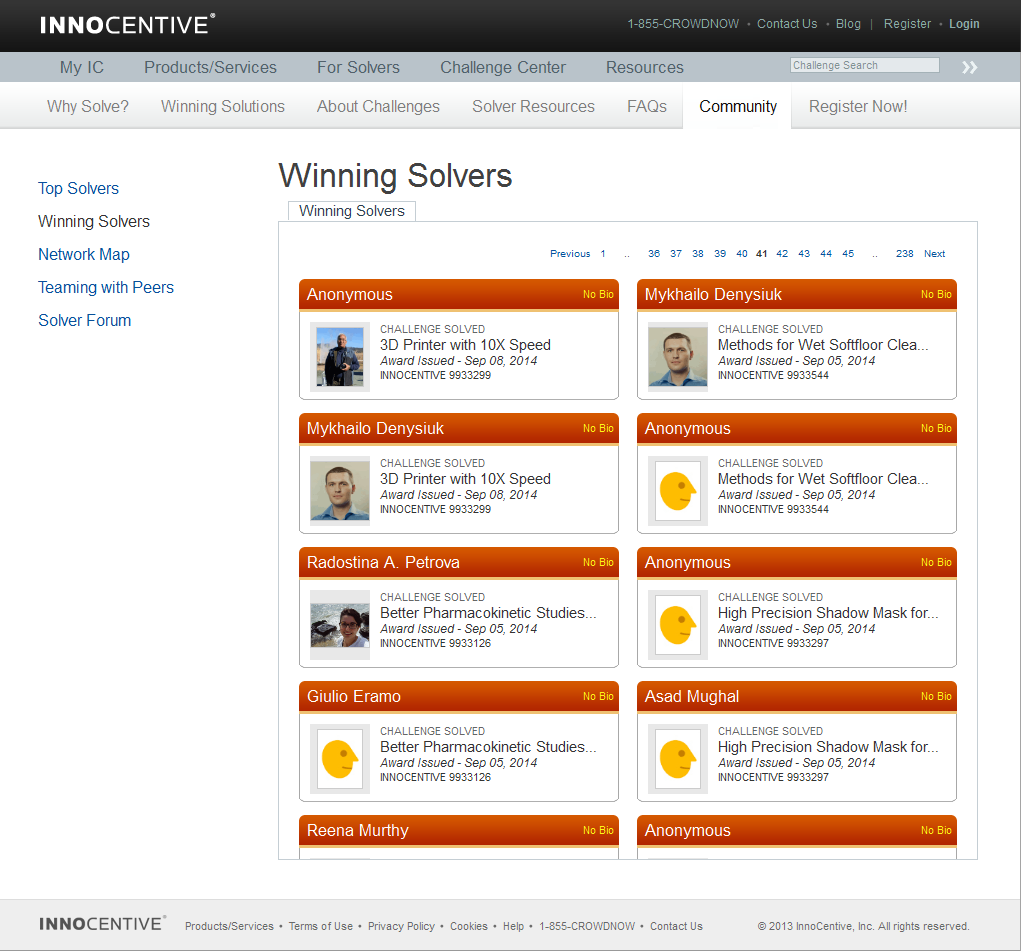3D Printer with 10X Speed
I took part in the InnoCentive Challenge # 9933299 - 3D Printer with 10X Speed that was posted on Feb 28, 2014. The Seeker desired proposals for 3D printing with 10X the speed and was particularly interested in disruptive innovations to dramatically increase the throughput of 3D printers. I decided that this challenge suited me. Within three days time I had developed a solution based on my experiences in various fields and my understanding of how to eliminate waste.
I started work on my written proposal and went through 25 draft versions of the solution as slowly I added meat to my solution. My drawing of diagrams was particularly slow as I did not know either GIMP or Google Sketchup well enough. My skills in formatting documents had become dormant and rusty. I had not drawn formal flow diagrams of Algorithms after 1970 and finally the submitted solution lacks them as time to draw them was not there. The final submitted version is 38 pages long and takes half an hour to read. There is a two page summary that takes only five minutes to read.
I submitted my solution on March 31. From the 222 active solvers on the challenge, my submission was chosen for a prize. I was notified on June 28, 2014 and the award was issued today. Yippee!
 Winning Solvers of the InnoCentive Challenge # 9933299 - 3D Printer with 10X Speed.
Winning Solvers of the InnoCentive Challenge # 9933299 - 3D Printer with 10X Speed.
3D printing is an exciting new technology trend that has a huge potential to disrupt manufacturing. Currently, the speed of 3D printing is one of the key limitations for the widespread adoption of the technology. Increasing the speed of printers would allow 3D printing to be used in a broader range of applications, from prototype development to end-manufacturing.
3D Printing is a rapidly growing industry with a high level of media attention. Projected to be a $10B industry by 2020, 3D Printing can further expand in its market penetration by achieving critical technology breakthroughs in materials and tool architectures. One key limitations of current technology is print speed. While the current 3D printing speeds may be adequate for prototyping, a disruptive innovation is needed to enable wider adoption of 3D printing for end-use parts in industrial applications.